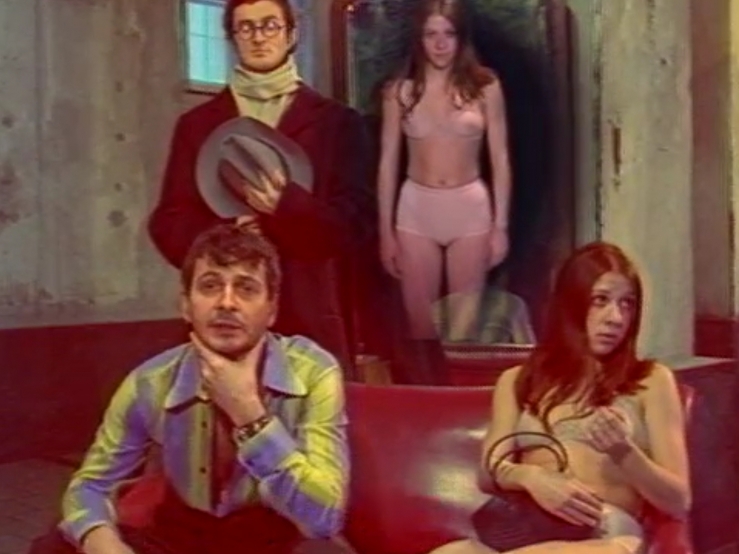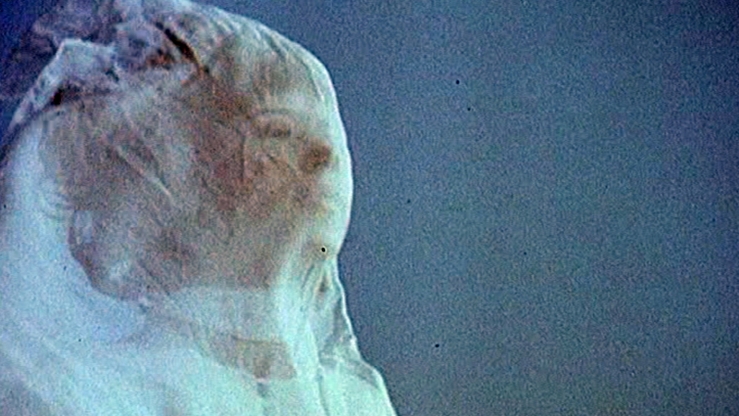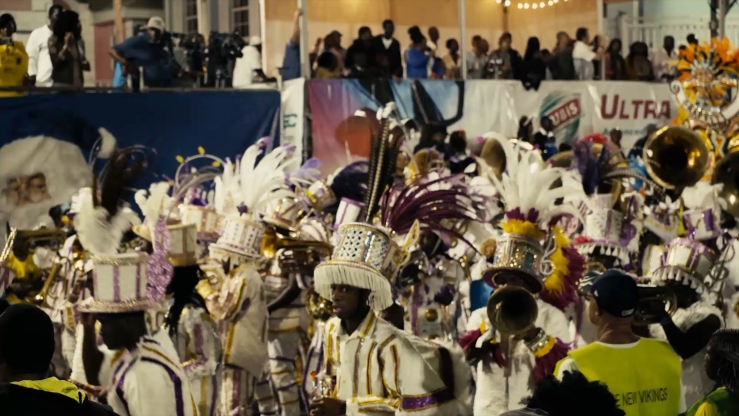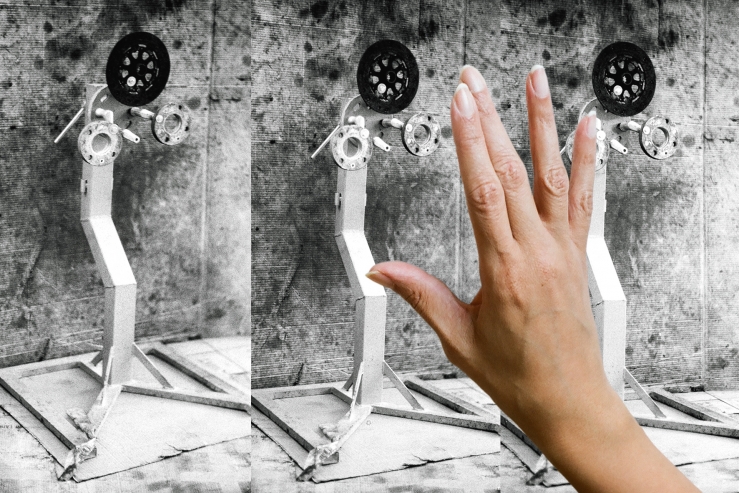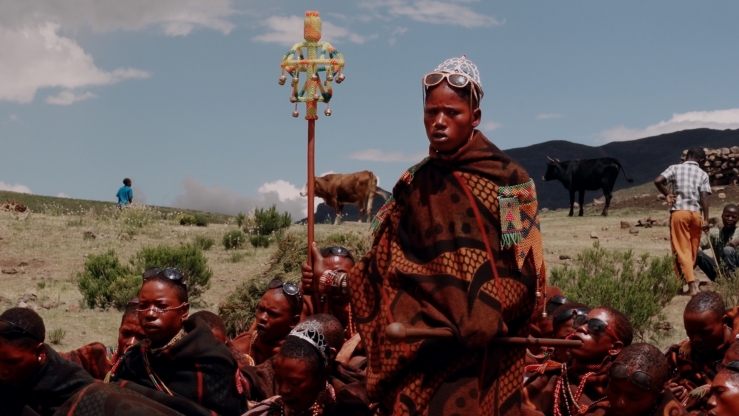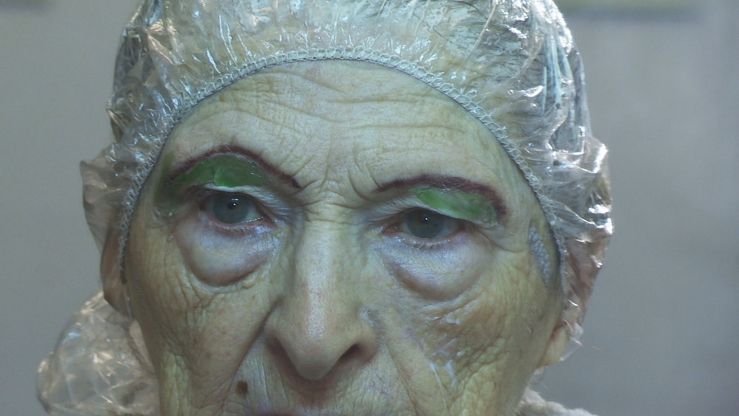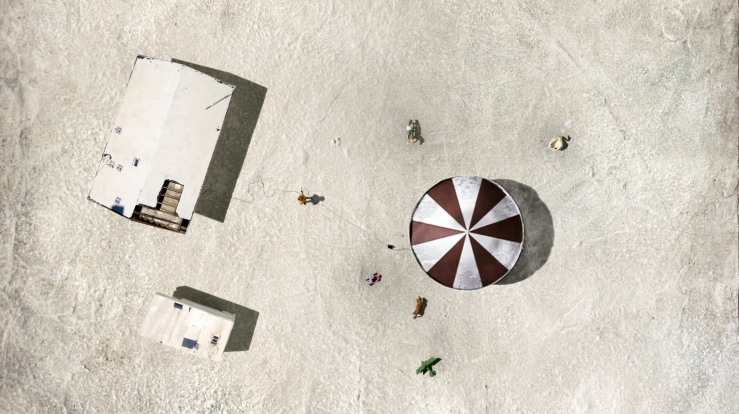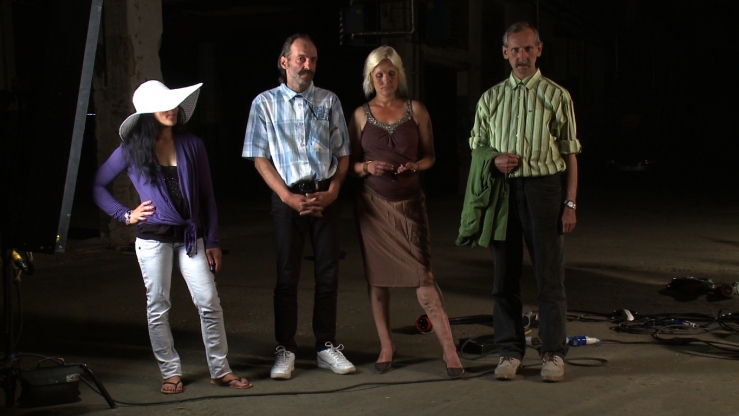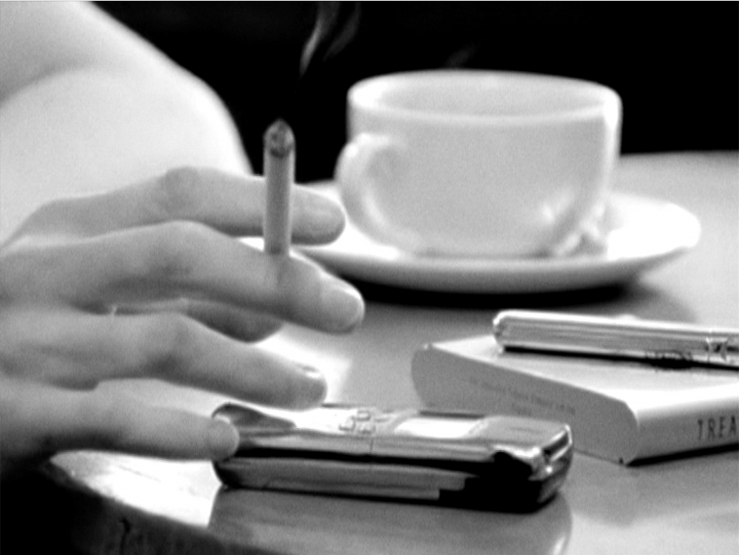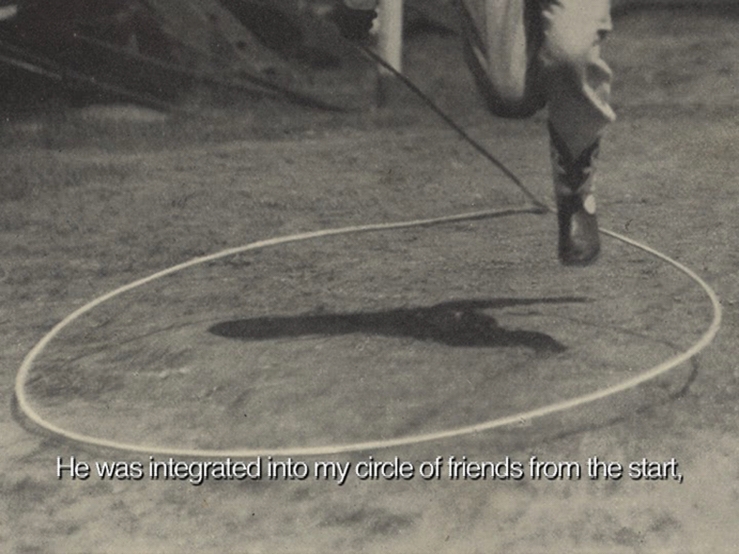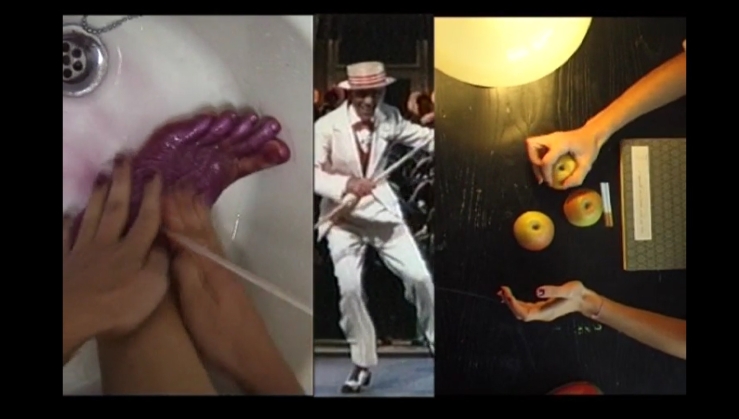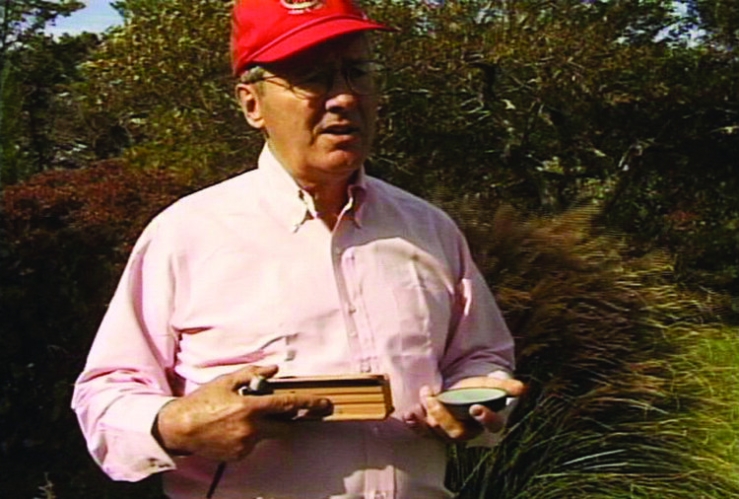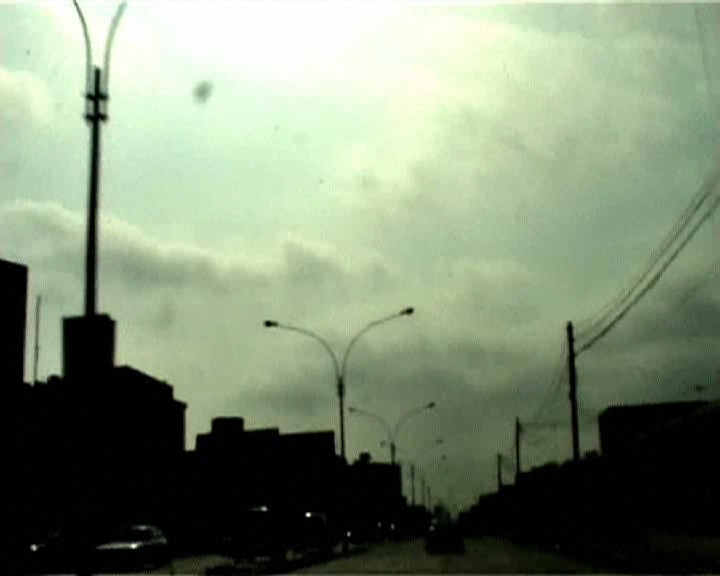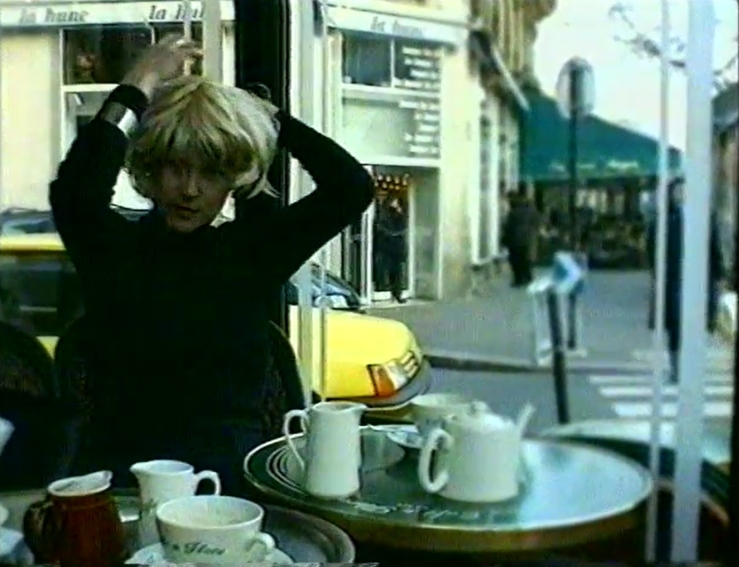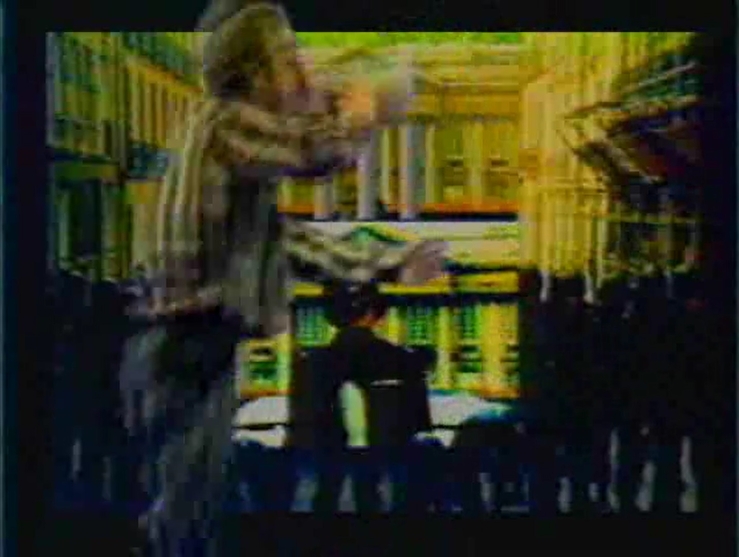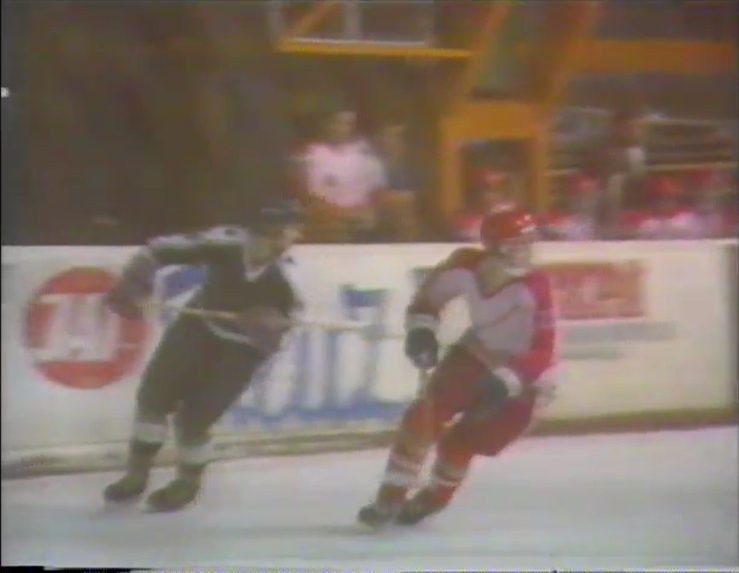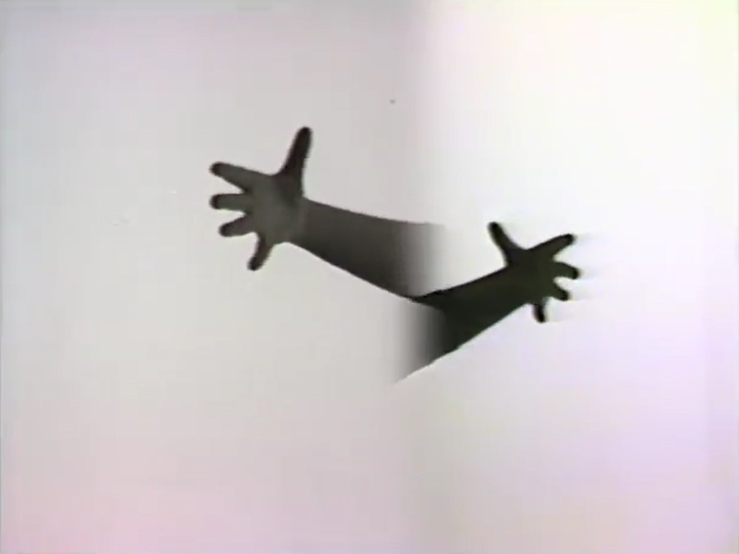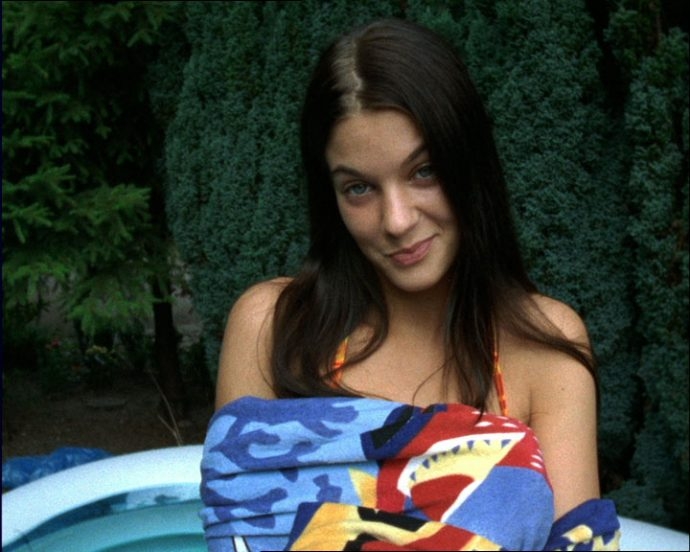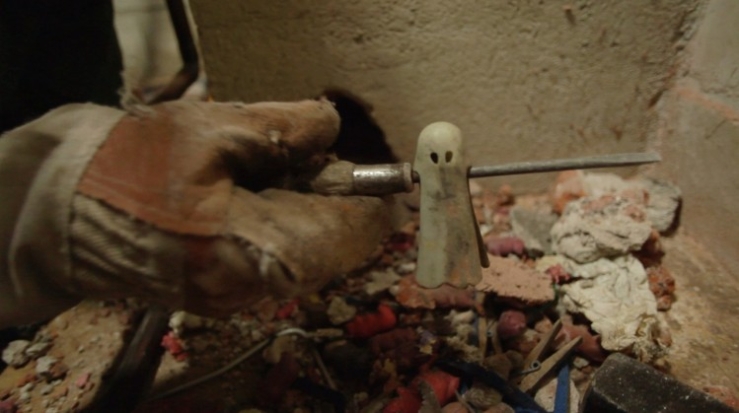balance
balance is a videotape on the subject of how girls are positioned in public space. Magda Karwat, Andrea Ozabalova and Ewa Rogal, who are emigrants living in austria, speak about their future, meaning their position in a male oriented world; on rape, which has become socially normal, on talkshows dominated by male interests, on the particular presentation of women in film, tv and advertising as well as the compulsion to emulate such ideals. They put up their - surprisingly classical and naive - desires and dreams of love, friendship, and faithfulness against this discriminating world. In conversation, they state their hopes and desires which, above all, concentrate on the end of all war and everyday discrimination. More honestly, more independence, which they mainly speak of in reference to their work and homes, and, not least, the equality of women in society: these are the desires of all three girls.
The video recordings were made exclusively in public spaces in Vienna, whereas the areas on the outskirts of the modern city, which convey the typical image of social satellite towns, act as backgrounds in some cases. The large high-rises, speckled with public sport and leisure areas, stand for a population whose socially lower standard should not burden the metropolis' inner city. The girls are characterized by a self-confident way of dealing with these types of spaces, which they use for their social needs. The professional composition of the images and the camera work sometimes strongly aestheticize the images of the city, which are additionally charged with the symbolic content in the girls' conversations. One example is when Magda, next to the circular, metal, futuristic light-shafts reflecting the sun says to Andrea, »... because then you think that everything there is all perfect.«
The key scene of the balance video also generates its power from the metaphor of the language of images. It shows Ewa hovering on a balance beam at a playground. The commentary on this is more than clear in its simple symbolic character: »I used to fall down all the time but now I can walk.« The recording is the visual expression of the social balancing act the girls execute between their own desires and dreams, on one hand, and the male oriented environment on the other. In clips edited in between where the behaviour of the men, emphasizing coolness, is blatantly copied by young girls and women - here mainly from hip hop - the video shows that striving for stability between the female ego and the male environment can still be a difficult balance to keep.
Ruth Kaaserer selected a procedure for balance that is characterized by the space given to the girls. It is free space or perhaps space kept free, which can be entirely taken in and fulfilled by each of the personalities. This free zone beyond the economy of time and place has always been socially (meaning masculine) occupied. And Ruth Kaaserer filled it with topics of conversation she worked on together with girlfriends of her own age. In realizing the video with Magda, Andrea and Ewa it was important »...that the girls could decide for themselves how much they want to reveal in the conversations ... yet I did sometimes intervene and pursue questions...«
A further characteristic of the videotape is the mixing of the documentary film style and that of the feature film in which sequences are repeatedly re-filmed according to the director's intention so that the best of the collected material can be taken and re-combined. Selecting the location took place after consulting with the girls, who were also given the possibility to present themselves with their friends as they would like to see themselves in each situation.
The style of the prop that characterizes Ruth Kaaserer's work is also congruent to switching between the hip hop songs performed by the singer boo thug and the dancers ghetto black & ghetto white. The clips being brought into the video like this not only accompany the milieu representing the girls' environment in terms of content. They also clearly present their relationship to music video. The videotape, which has taken from various genres, makes it possible to give an importance (back) to the everyday conversations with Magda, Andrea and Ewa that has not found a suitable forum in the television productions, special reports, and the often generalizing youth of today shows. balance refuses the quasi-investigative and pseudo-authentic documentary style of those television shows, which tick off mainly three areas: no future, drugs and violence.
The quality of resistance in balance is based, instead, on the collaborative relationship between the director and the performers. Similar to Nasrin Tabatabai or Anke Haarmann's projects, the aspect of the documentation being established on cooperation, in which the medium is either entirely or partly put in the service of the self-representation of those presented, is especially interesting. This process pursues no strategy of authentication; it refers much more to every statement on identity being only possible in the context of the status of the medium in which it is conveyed.
About the video
About the artist
- 1972 in Kitzbühel, AUT.
Studied at the Akademie der Bildenden Künste Wien, AUT



